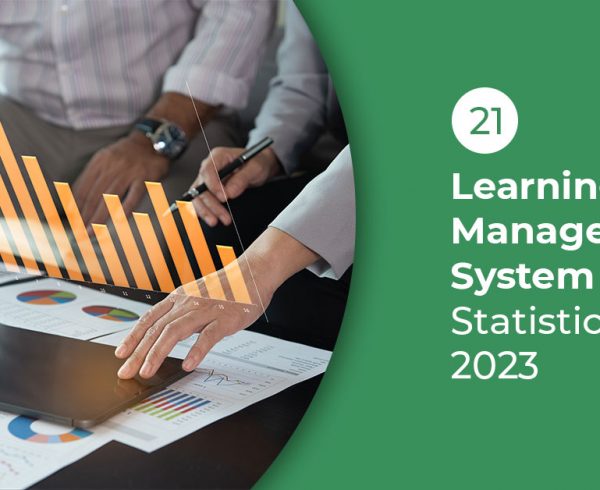Lifelong learning will drive results for the modern workforce. Anyone from 18-80 years of age working as a pizza delivery boy , a CEO, or a retired professional – all of them need to learn new skills all the time. That is how wide the learning management system (LMS) canvas is for corporate & institutions.
According to latest reports, 96% of users say their LMS positively affects training content organization and their ability to track learner progress. Pegged at $11 billion by 2020, the LMS market is on a growth streak year-on-year. Built on three pivots of engagement – the owner (organization/department), administrator(department/IT) and the learner (end user) – it is only when all are in sync on each course module that organizations benefit return on investment. A lackadaisical implementation can defeat the purpose and leave you distressed.
The following LMS good practices supplement technology to prove its merit and deliver desired learning outcomes for your employees, partners and customers.
- Get your groundwork done: It’s important to be ready with some ground rules. A stakeholder-run down on what will the software do and for whom, a responsibility matrix to distribute who is the go-to person for all queries and hand-holding of users much before the courses begin. This will ensure smooth on-boarding and training for the
- Outline your delivery strategy: Outline the different delivery mediums of instructions and course delivery keeping the target audience in mind. A blended approach is the best mix of online + offline to ensure maximum participation of learners. Include a mix of eLearning, mobile learning, live instructor-led modules, classroom classes. Flexibility to learn anytime anywhere will be the key to success.
- Design interactive digital content: Great engaging content is the heart of learning in LMS. Digital content is more powerful than just text to ignite imagination and keep users engaged on their learning curve. Short & interactive modules should focus on the target audience and niche to skills & knowledge as required by learner in his/her professional growth. Make it fun with videos, podcast, multimedia, gamification, scenario-based learning designed for multiple device formats (desktop, laptop, mobile).
- Design a mobile version: Mobile has become an indispensable part of our daily lives especially in corporate organizations where most of the employees are busy with work-as-usual and do not get time to take out extra hours for training. It is motivation push for users to complete assignments and be proactive on course completion at their comfortable time & place if they can get time on the modules on-the-move.
- Focus on User Experience (UX): Behind every successful LMS is a committed learner enjoying good user experience. Close to 90% of the companies are revisiting their LMS for superior user experience (UX). So, bring the learners at the heart of all LMS activities from pre-training, training to post-training. Deliver regular updates/information on the modules and requirements, provide learner assistance 24×7, follow-up with them on assignment completion & submissions. UX has emerged the biggest differentiator in LMS products.
- Pay close attention to learner analytics data: Let data do the talking – get up close to your learners, critique your modules & content performance. Enjoy the magical powers of learner analytics and monitor the progress of all your modules and users without excel sheets. Have they opened reference eBooks, progress on assignments, most popular and least completed modules -analyze areas of improvement with an LMS reporting system.
- Enterprise LMS – it grows with your organization: 66% of companies are considering replacing LMS from a silo to enterprise mode of operation. And, 90% of those companies want this to improve their user experience. Why limit to a department when the entire organization can plug-in to LMS benefits with business tools & other third party applications. Don’t limit LMS to learning & development – it can grow bigger & better with your company goals. Align your workforce to the business goals of the organization with an enterprise LMS.
- Process improvement with feedback: Feedback is critical for success. You have to close the loop wherein learners assess the course they have taken in terms of the design and delivery along with suggestions on key areas of improvement. Ensure you have a survey designed for LMS users to share their thoughts, experience, challenges, pitfalls and some great things that they experienced as an active participant.
Why settle for good when you can give the best LMS to your learners for anytime, anywhere learning with world class digital content to delight your employees, partners and customers. Talk to us if you are looking for a new LMS or to know how you can upgrade and do more with your existing LMS.










